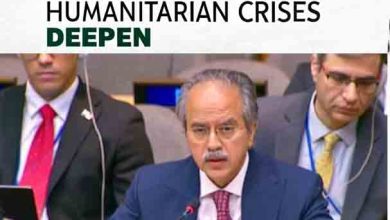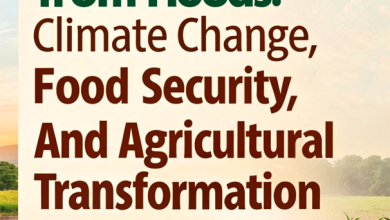Slightly below rainfall likely this monsoon
KARACHI: During this monsoon, the country’s most parts are likely to see a slightly below rainfall, the Met Office has said.
However in its monsoon outlook from July to September period, it said that the northern regions may receive slightly above normal rainfall. The western parts of Balochistan are expected near normal rains.
“Seasonal temperatures are expected to remain within normal to higher than normal ranges across the country,” it said.
It said that the possibility of occasional extreme hydro-meteorological events over catchment areas may generate riverine floods in the major rivers.
It also forecast a likely urban flooding, hill torrents and flash floods because of isolated downpours.
Soaring temperatures in upper Khyber Pakhtunkhwa, Gilgit-Baltistan and Kashmir may accelerate snowmelt, resulting in an increased flow of water into rivers, it said.
Farmers should chalk out plans for water conservation for upcoming Kharif season cultivation, it advised.
“During the upcoming monsoon season (July-August-September, JAS-2023), it is anticipated that El Niño conditions will prevail, while the Indian Ocean Dipole (IOD) will remain in positive phase,” the Met said.
In the next 24 hours: Very hot and humid weather is expected in most parts of the country. However, dust-storm and thunderstorm with rains are expected in northeast Balochistan, Kashmir and its adjoining areas.
In the last 24 hours: Maximum daytime temperatures were recorded in Nokkundi 48 Celsius, Dalbandin Sibbi 47 Celsius each, Jacobabad and Bhakkar 46 Celsius each.
During this week, daytime temperatures are likely to rise gradually in most parts of the country. Upper and central Punjab, Islamabad, upper Khyber Pakhtunkhwa, Gilgit-Baltistan and Kashmir may see 4 to 6 Celsius higher temperatures than normal.
Similarly, Sindh, South Punjab and parts of Balochistan are likely to witness up to 4 Celsius increase in daytime temperatures above normal from June 21 till June 24, the said in its synoptic warning.







